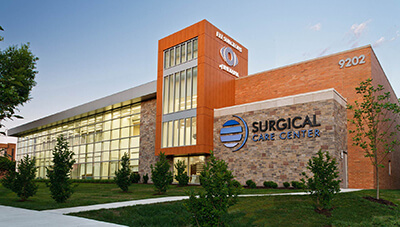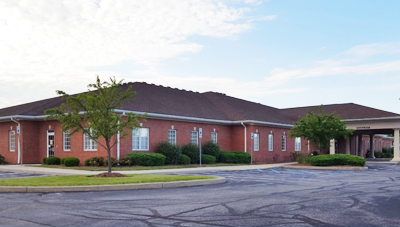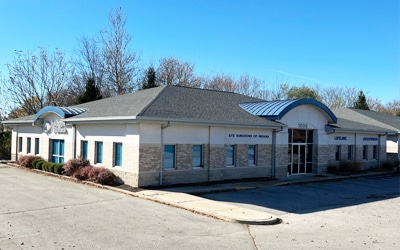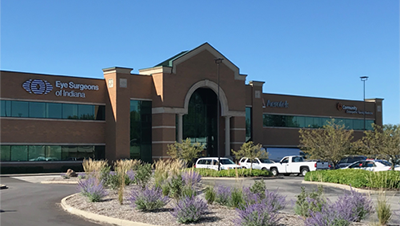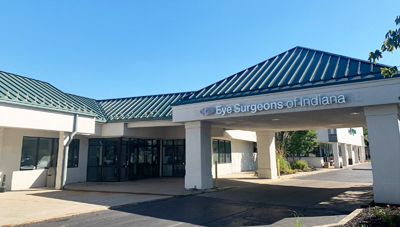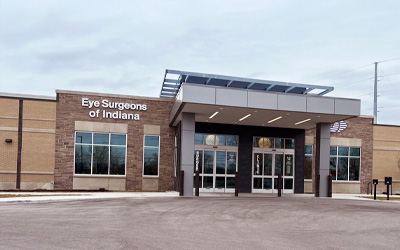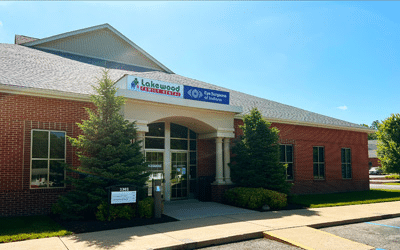What You Need to Know About Refractive Lens Exchange Surgery
Posted by: Eye Surgeons of Indiana in Eye Health

Refractive Lens Exchange (RLE) surgery is a sophisticated vision correction procedure that has gained significant popularity in recent years. This advanced surgical technique offers a long-term solution for individuals seeking to reduce their dependence on glasses or contact lenses.
Keep reading to learn more about refractive lens exchange surgery and explore its benefits, candidacy criteria, preparation, procedure, and recovery process!
What is Refractive Lens Exchange Surgery?
Refractive Lens Exchange is a surgical procedure that involves removing the eye’s natural crystalline lens and replacing it with an artificial intraocular lens, also called an IOL. This procedure is performed to correct refractive errors such as presbyopia, farsightedness, and nearsightedness.
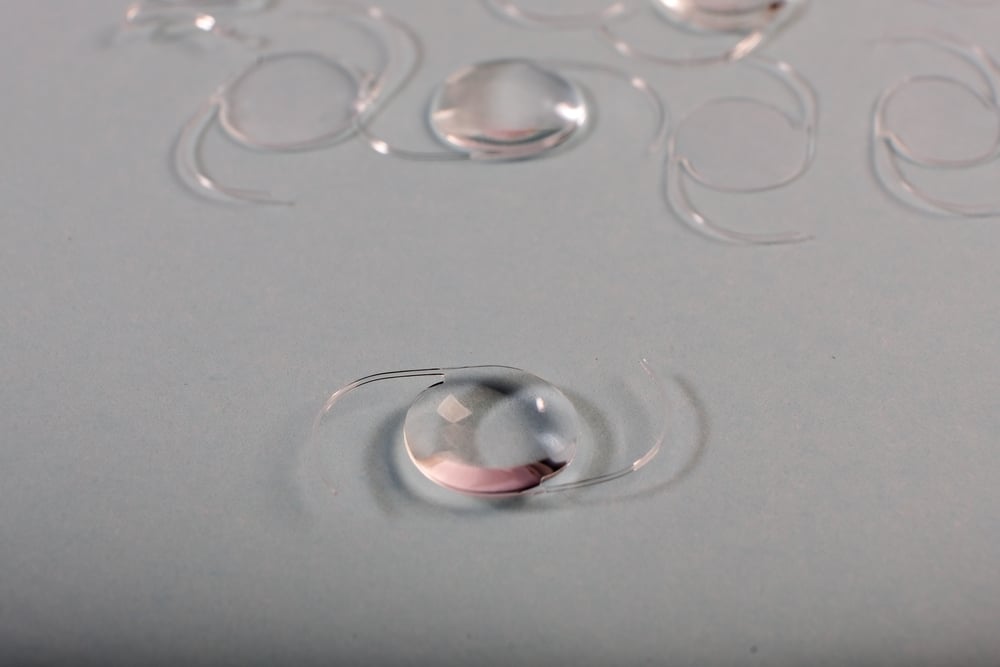
This procedure is similar to cataract surgery. However, unlike traditional cataract surgery, which is performed to remove a cloudy lens, RLE is performed to improve vision in the absence of a cataract.
The artificial intraocular lens used in RLE surgery is carefully selected based on the patient’s unique visual needs and goals. There are various types of IOLs available, including multifocal and toric lenses, which can allow you to increase your visual freedom after the procedure.
Multifocal IOLs offer clear vision at multiple distances. Toric IOLs are designed to correct astigmatism, an imperfection in the curvature of the eye that can cause blurred vision.
Who is a Good Candidate for Refractive Lens Exchange (RLE)?
Refractive Lens Exchange is an excellent option for a wide range of patients seeking to improve their vision and reduce their reliance on corrective eyewear. Good candidates for RLE include:

Patients Over the Age of 40-50 Who are Nearsighted, Farsighted, or have Astigmatism
These common refractive errors can be effectively corrected through RLE surgery, providing clearer, sharper vision.
Individuals Who Want to Reduce or Eliminate Their Dependence on Glasses or Contact Lenses
RLE can significantly minimize the need for corrective eyewear, offering a long-term solution for those seeking greater visual freedom.
Patients with Early Cataracts
RLE can address both cataracts and refractive errors simultaneously, improving vision and preventing the need for cataract surgery in the future.
Those Who Want to Treat Presbyopia with a Multifocal Implant
Presbyopia, the age-related difficulty in focusing on near objects, can be effectively managed using multifocal intraocular lenses (IOLs) during RLE surgery, providing clear vision at multiple distances.
Patients Looking for an Alternative to LASIK
For individuals who may not be suitable candidates for laser vision correction procedures like LASIK, RLE offers a highly effective alternative for achieving clearer, more youthful vision.
It is essential for potential candidates to have a comprehensive eye examination and consultation with an eye doctor at Eye Surgeons of Indiana LASIK Center to determine if Refractive Lens Exchange is the most appropriate treatment option for their specific visual needs and lifestyle goals.
What Are the Benefits of Refractive Lens Exchange Surgery?
RefractiveLens Exchange surgery offers numerous benefits for patients seeking to improve their vision and reduce their reliance on corrective eyewear. Some of the key advantages of RLE include:

Improved vision: RLE can significantly enhance visual acuity, providing clearer, sharper vision at various distances, depending on the type of IOL selected.
Reduced dependence on glasses or contact lenses: By correcting refractive errors, RLE can minimize or eliminate the need for corrective eyewear in many patients.
Long-term solution: Unlike laser vision correction procedures that may require touch-ups over time, RLE provides a permanent solution for vision correction.
Prevention of future cataracts: As the natural lens is removed during RLE surgery, patients will not develop cataracts later in life.
What Happens During Refractive Lens Exchange?
Refractive Lens Exchange y is typically performed on an outpatient basis and takes approximately fifteen minutes. During the procedure, your eye surgeon will create a small incision in the cornea, which is the clear front surface of the eye.
Through this incision, your RLE surgeon will carefully remove the natural crystalline lens by breaking up the lens with ultrasonic energy and gently suctioning it out. Once the natural lens is removed, your RLE surgeon implants the pre-selected artificial intraocular lens (IOL) into the empty lens capsule.
After the new lens is positioned in place, the procedure will be complete, and you will be able to go home the same day to start recovering.
What is Recovery Like After Refractive Lens Exchange?
Following Refractive Lens Exchange surgery, you can expect a relatively short recovery period. Most individuals experience improved vision within a few days after the procedure, although it may take several weeks for the eyes to fully heal and for vision to stabilize.

You may experience some discomfort, light sensitivity, and blurred vision in the initial days after the procedure. Eye drops containing antibiotics and anti-inflammatory medications will be prescribed to prevent infection, reduce inflammation, and aid in the healing process.
It is crucial to follow the post-operative instructions provided by your RLE surgeon, which may include avoiding rubbing or touching the eyes, wearing protective eyewear while sleeping, and limiting strenuous physical activities for a specified period.
Most patients can resume their normal daily activities within a few days after the surgery, although it is essential to avoid swimming and using hot tubs or saunas for several weeks to minimize the risk of infection.
Transform Your Vision with Refractive Lens Exchange Surgery
Refractive Lens Exchange surgery is a highly effective and safe procedure for individuals seeking to correct their vision and reduce their dependence on glasses or contact lenses. As with any surgical procedure, it is essential for patients to consult with a qualified and experienced eye surgeon to determine if RLE is the most suitable option for their unique visual needs and lifestyle preferences.
Do you want to learn more about RLE or determine if you might be a good candidate for the procedure? Schedule an appointment at Eye Surgeons of Indiana LASIK Center in Indianapolis, IN, today!

